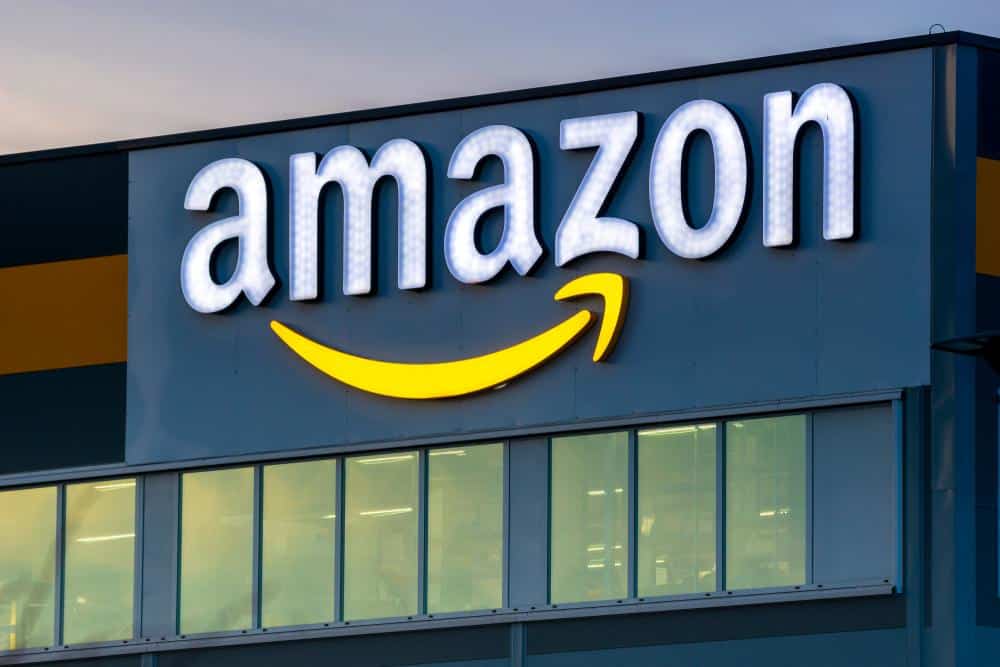
Amazon is an undeniable force in the global retail industry, boasting a massive consumer base and an extensive list of products and services. But, have you ever wondered, “Why is Amazon so big?” This article explores the key factors that contributed to Amazon’s size and dominance.
Amazon’s massive size can be attributed to several key factors: a relentless focus on customer satisfaction, continuous innovation and risk-taking, strong value propositions such as low prices and fast delivery, operation as a multisided platform, a dominant market share, a diversified business model, efficient supply chain management, and a strong management team and company culture. Despite numerous challenges and risks, Amazon’s strategic approach has enabled it to become a dominant player in the global market.
Customer Focus: The Key to Success
Customer satisfaction is at the heart of Amazon’s business model. The company’s mantra, “customer obsession,” has been a driving force since its inception. Amazon continually seeks ways to improve user experience, from its user-friendly interface to its quick and efficient delivery services. This relentless focus on the customer experience has resulted in increased sales, customer loyalty, and a strong brand reputation.
Innovation and Risk-Taking: A Winning Combination
Amazon’s growth can also be attributed to its willingness to take risks and innovate. The company has consistently been at the forefront of technological advancements, adopting AI and other technologies to improve store performance. Amazon’s strategy of diversification and expansion into new markets, such as cloud computing with Amazon Web Services (AWS), has also contributed significantly to its success.
Value Propositions: Low Price, Fast Delivery, and Wide Selection
Amazon’s business model is based on three value propositions: low price, fast delivery, and a wide selection of products. These factors have made Amazon the go-to platform for online shoppers worldwide.
The Power of a Multisided Platform
Amazon operates as a multisided platform, connecting buyers and sellers and leveraging two-sided network effects. This model allows the company to scale rapidly and enter new markets with ease.
Market Share: Dominating the Retail Landscape
Amazon accounts for an estimated 48% of U.S. retail spend, compared to Walmart’s 7%. It also controls the largest share of the U.S. eCommerce market, with a 37.8% market share. Its vast operating model and distribution centers across the world allow Amazon to quickly ship products and enter new markets.
Diversification: More Than Just an Online Marketplace
Amazon has expanded its business model to include various units, such as web services, Kindle marketplace, app store, Prime Video, game studio, and retail stores like Amazon Go. This diversification strategy has allowed Amazon to generate multiple revenue streams and reduce its reliance on a single sector.
Efficient Supply Chain Management: The Backbone of Amazon’s Operations
Amazon’s efficient supply chain management has played a significant role in its growth. The company’s warehousing strategy, use of technology in logistics, and expanding delivery network have resulted in faster and more reliable delivery times for customers.
Strong Management and Company Culture
Amazon’s success is driven by its management team, led by CEO Jeff Bezos, and its culture of innovation and customer-centricity. The company’s long-term growth strategy, aggressive talent acquisition, and commitment to operational excellence have contributed to its rapid growth and dominance.
The Challenges and Risks
Despite Amazon’s success, the company has faced numerous challenges and risks due to its size and dominance. These include antitrust concerns, conflicts of interest, legal issues, intense competition, and difficulties in global expansion.
In conclusion, Amazon’s growth and dominance can be attributed to various factors, including its customer focus, innovative approach, value propositions, multisided platform, market share, global presence, diversification, efficient supply chain management, and strong management and company culture. Despite the challenges and risks, Amazon continues to be a dominant player in the global market, setting the pace for other companies in the retail industry.
Despite the challenges and risks associated with its size and dominance, Amazon’s relentless focus on customer satisfaction, innovation, and operational efficiency has set it apart from its competitors, making it one of the largest and most successful companies in the world.
Frequently Asked Questions
What was Amazon’s first product?
Amazon’s first product was a book. The company started as an online bookstore before expanding into other product categories.
Who founded Amazon and when?
Amazon was founded by Jeff Bezos in July 1994.
How does Amazon Prime contribute to Amazon’s success?
Amazon Prime contributes to Amazon’s success by creating customer loyalty through benefits like free two-day shipping, access to Prime Video, and other exclusive deals. This encourages customers to make more frequent and larger purchases on Amazon.
What are some of the most popular products sold on Amazon?
Some of the most popular products sold on Amazon include electronics (like the Amazon Echo), books, clothing, and household items. However, the popularity of products can vary greatly depending on the time of year and current trends.
How does Amazon handle competition?
Amazon handles competition through a combination of competitive pricing, a wide selection of products, excellent customer service, and continuous innovation. The company also acquires and partners with other businesses to expand its offerings and reach.
What is Amazon Web Services (AWS)?
Amazon Web Services (AWS) is Amazon’s cloud computing platform that provides a wide range of services such as computing power, storage, and databases to businesses around the world. It is a major revenue source for Amazon.









